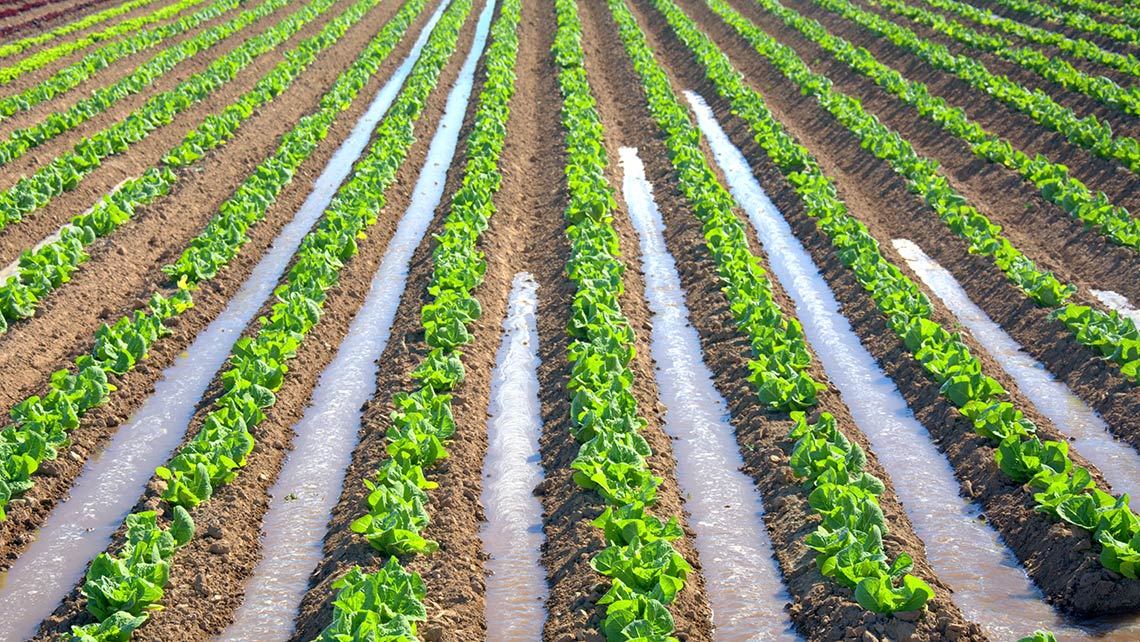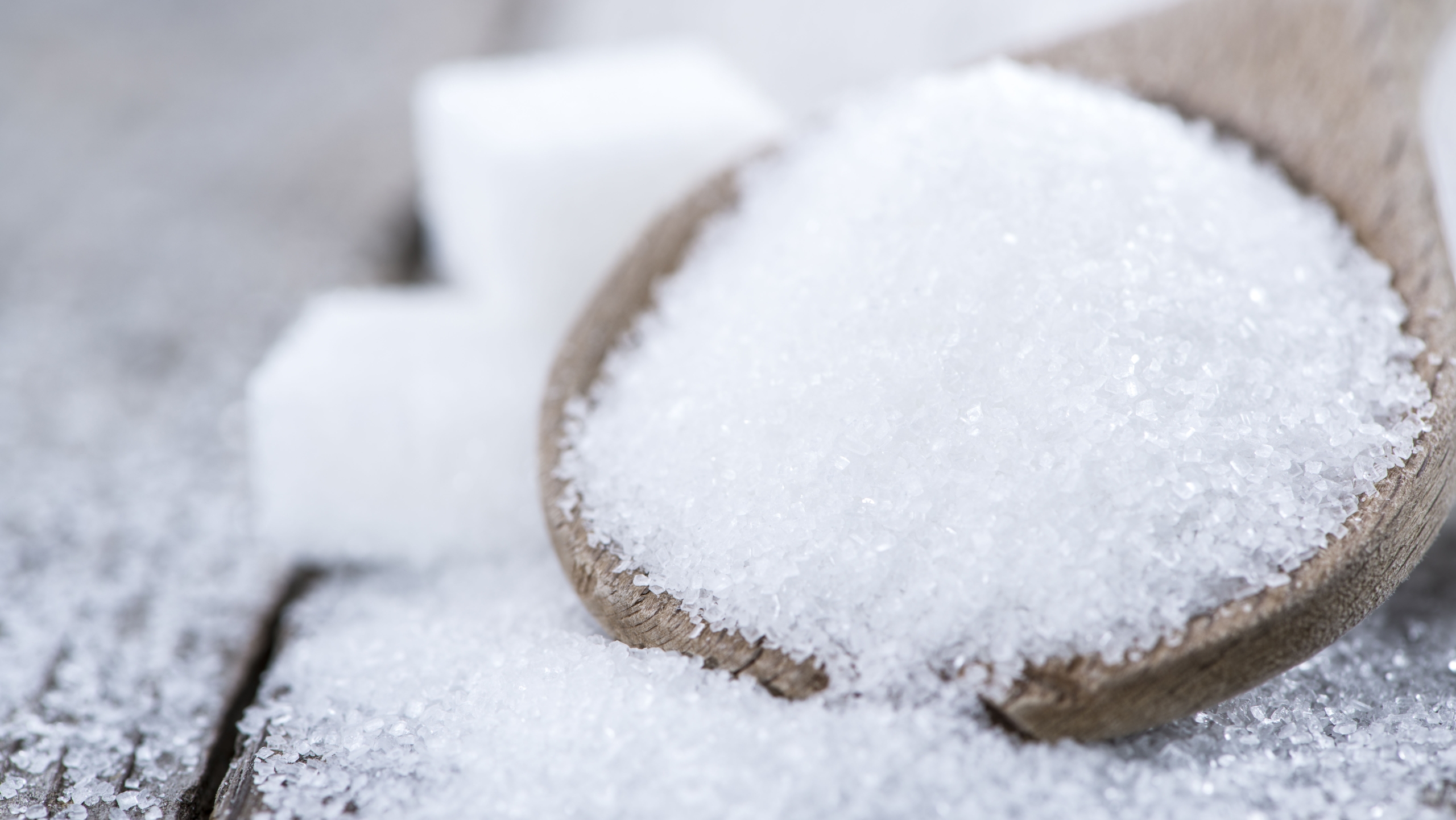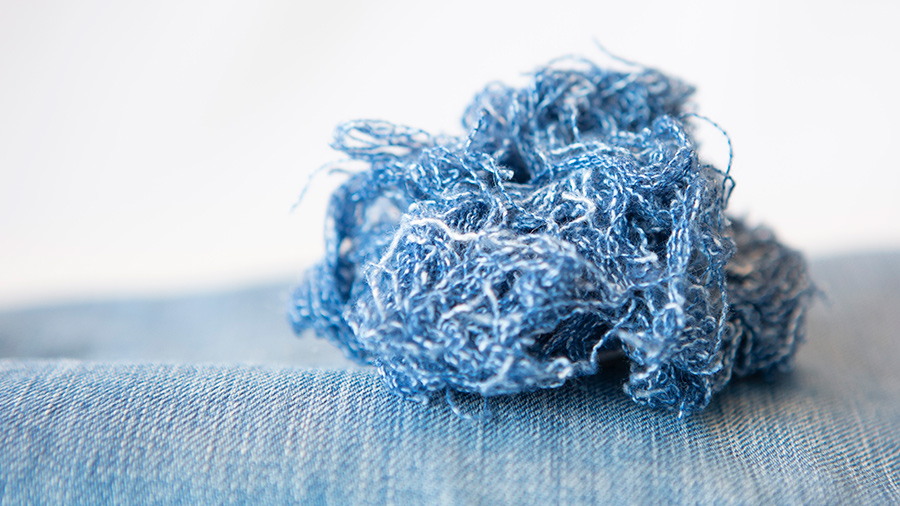In the first episode of our podcast series, Chemistry with a purpose, we spoke to Matthias Staub, Development Director of Water at Veolia, a leader in municipal wastewater treatment. The company is currently testing Kemira’s new Vivimag® phosphorus recovery technology, which has promising implications for the circular economy.
Phosphorus is a critical nutrient used as agricultural fertilizer. Through human digestion phosphorus is returned to the water cycle through wastewater.
Recovering phosphorus from wastewater is important for two reasons. First, the European Commission (EC) has put phosphorus on the EU Critical Raw Materials List. When phosphorus lingers in wastewater, it’s letting a valuable nutrient go to waste instead of keeping it in the loop as part of the circular economy. Second, high amounts of phosphorus in wastewater can present a serious environmental challenge. It can lead to algae blooms that make it difficult for other aquatic life to thrive. That is why regulators tightly limit how much phosphorus wastewater treatment plants can discharge into natural waterways.
In this episode, we uncover the trends and policies driving phosphorus recovery and the innovations that make it possible. Vivimag® is one such innovation. It’s a new magnetic separation technology to scale up phosphorus recovery. Matthias gives an update on the pilot and explains its potential for creating a more circular approach to resource management and agriculture.
“We are working on finding the ideal recipe we could have for the fertilizer, and there are some questions we cannot answer yet because secondary phosphorus is not used at full scale. But the idea is to close the loop as fast as possible, which means [delivering] locally and directly to the farmers,” he tells us.
Listen to the full episode here on our website or find our podcast on your favorite podcasting service like Apple, Spotify or Google Play.



